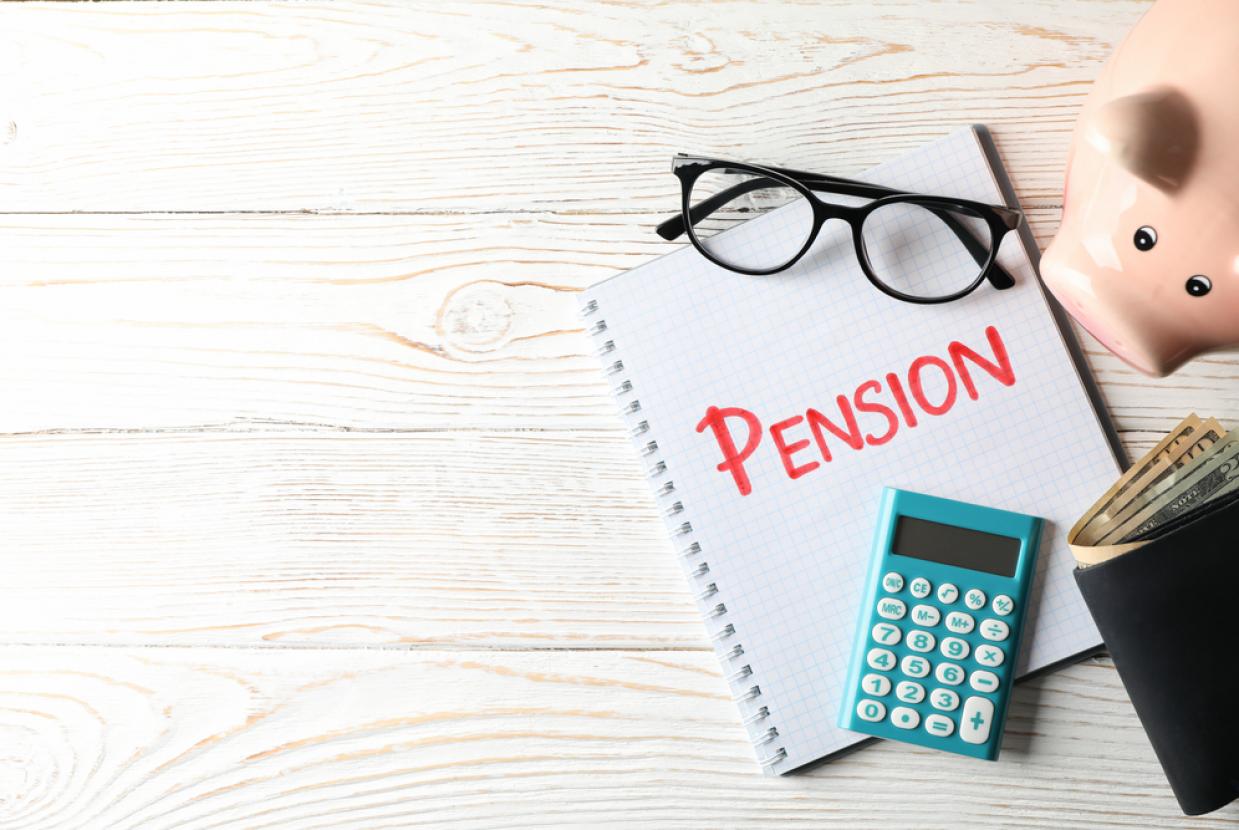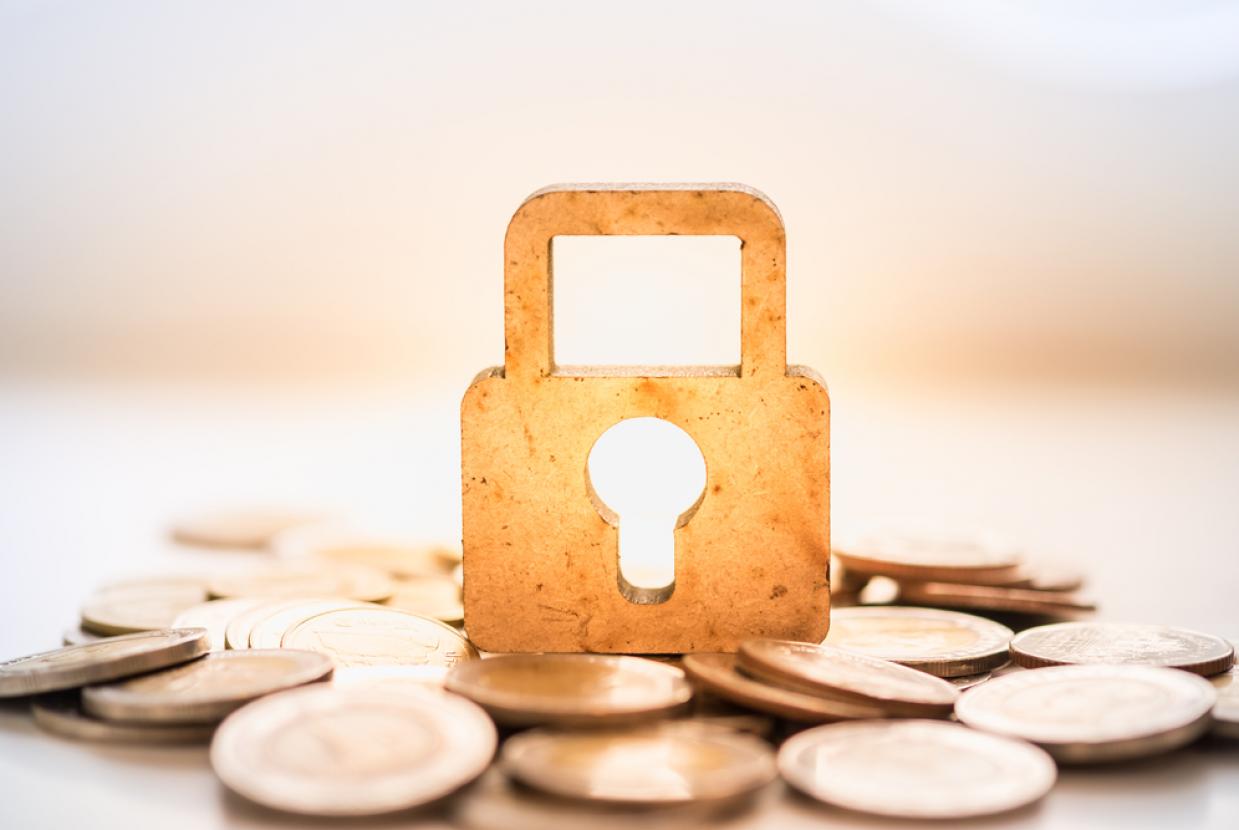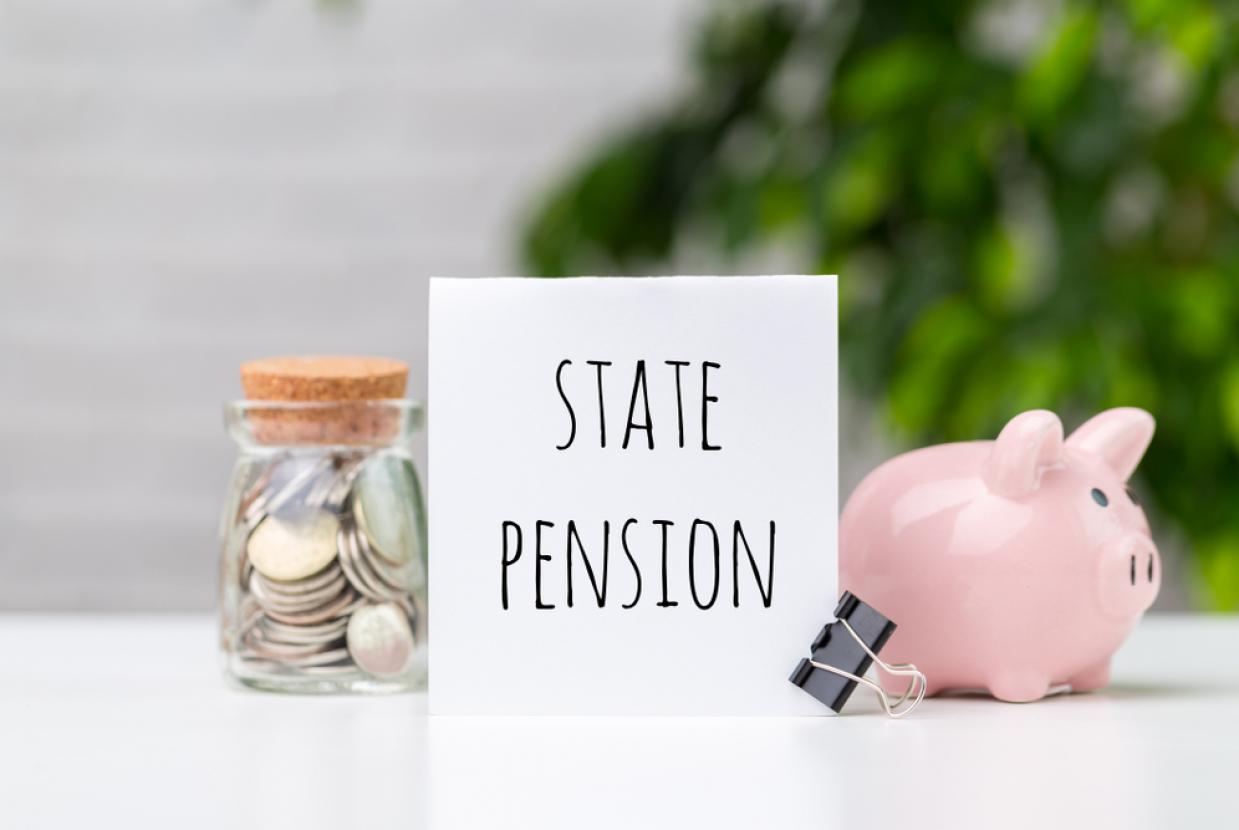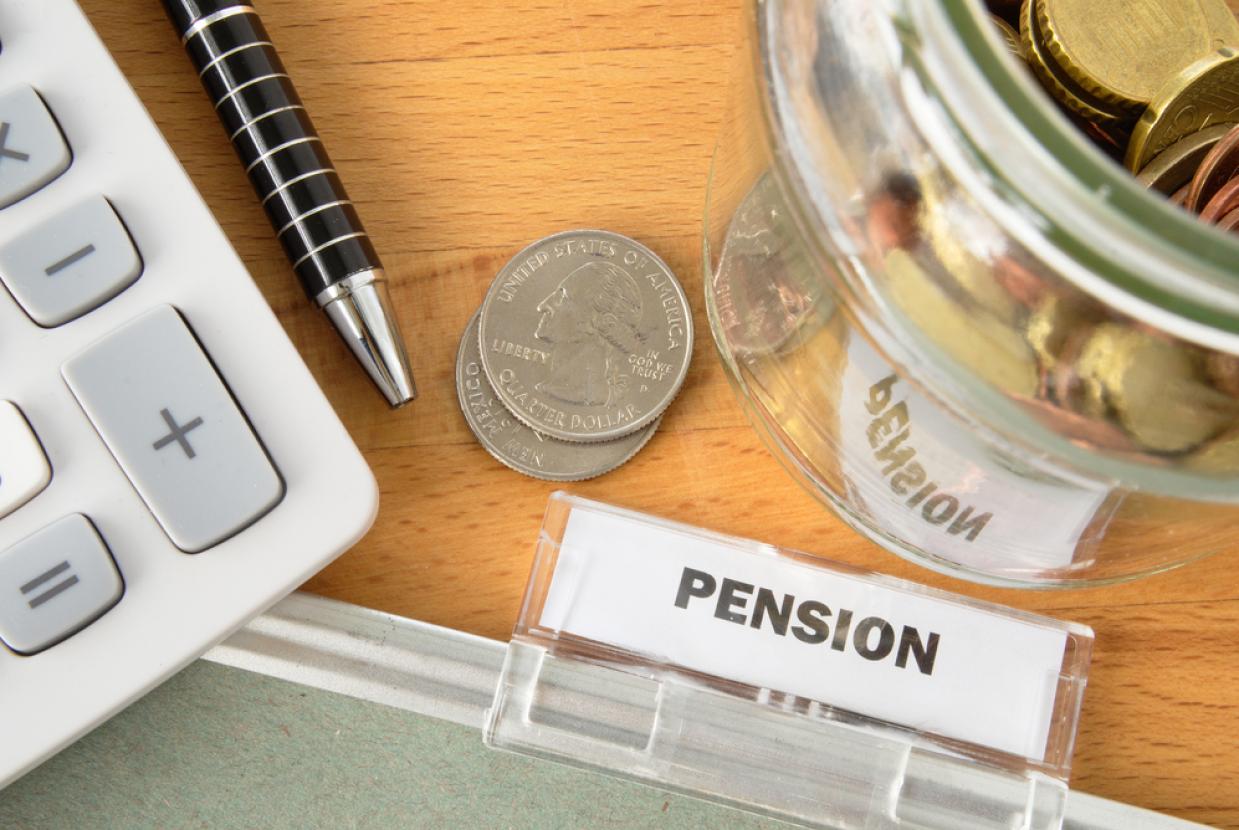How Do I Find My Old Pensions?
Pensions and RetirementIt can be easy to lose track of pensions. Maybe you’ve moved jobs or moved house a few times, or you’ve had a very long career. Whatever the reason, there’s lots you can do to make sure you’re in touch with pensions that could boost your income when you retire, and maybe even help you retire earlier. And if you’re stuck, MoneyHelper is here to help.
How do I find out what pensions I have?
The key to pension tracing success is to be methodical. If you’ve lost track then a good starting point is to write a list of all the places you’ve worked in date order, to capture any workplace pensions. And then note down any separate personal pension you might have set up.
Once you’ve done this, check if you have any correspondence for these pensions. Most pension schemes must send you a statement each year showing your entitlement. If you find some of these, it’s a good idea to check your contact details are up to date. You can also set up an online account with some providers which can make it easier to stay connected to your pension.
If you can’t find a pension trail for some employment dates, and you can’t rule out a pension entitlement, then investigate the gaps. Even if you have no statement or other record, there’s a possibility you have a forgotten pension.
Can I find my pensions with my National Insurance number?
At the moment, to trace lost pensions, you need to contact known or likely pension providers. There is no way to find most or all of your pension details in one place, just by using personal information such as your national insurance number. In a few years’ time, new pension dashboards will make this easier. Until then, some effort is required.
It’s very likely though that a pension provider will ask you for key details such as your National Insurance number when you contact them. This means they can match you more easily to a pension entitlement. They will probably also ask you for your date of birth and key dates relating to your pension policy so try to have any key information to hand when you contact them.
So how do I find lost pensions?
Ideally, you have some old paperwork with the name of your pension scheme. But over time, pension schemes close, merge or are renamed. So even if you remember the name of your scheme, it could now be called something else. This can make it harder to track down the pension provider for your workplace or private pension.
A previous employer’s HR department can often provide the contact details of a pension provider. You can also get these contact details from the government’s free Pension Tracing Service if you know the name of the employer or the pension provider. The service has a large database of workplace and personal pension schemes and sometimes this might list several possibilities, especially if your previous employer or pension provider has undergone reorganisation or changed its name.
If you’re struggling to locate your pension provider, or you’re just not sure where to start, you can contact the MoneyHelper Pensions helpline. We can help you to narrow down the search. Like the Pension Tracing Service, we cannot tell you whether you have a pension, or its value. But we can talk to you about the likelihood of you being eligible for a pension, and different strategies for proving entitlement.
How do I find out if I paid for a pension? And how do I know if I’m eligible?
Before you embark on a lengthy lost pension quest, it makes sense to ask whether you’re likely to be eligible for that pension.
You might have payslips showing pension deductions or a certificate from a pension scheme. However, that doesn’t always mean that you have a pension entitlement. This may be because you transferred to another pension or your contributions were refunded to you. Depending on when you were a member of the scheme, and the type of scheme, you might not have been entitled automatically to a pension.
How do I find out how much pension I have?
Once you’ve established you have a pension entitlement, you can view or request a statement. Your entitlement will differ according to whether you have a defined benefit or defined contribution pension. Our MoneyHelper Pensions helpline can help explain the difference between these types of pensions.
How do I find out my state pension?
The State Pension is different to workplace and private pensions and you can find out more from the DWP Pension Service.
What if I’ve worked for a company that no longer exists?
If your old company has become insolvent, it’s possible that the pension has been taken over by the Pension Protection Fund (PPF) - a safety net for companies that can no longer meet its pension obligations.
It can also be a good idea to speak to former colleagues to see if they’re able to help. They may be able to give you details of the scheme, such as its name or contact information.

































